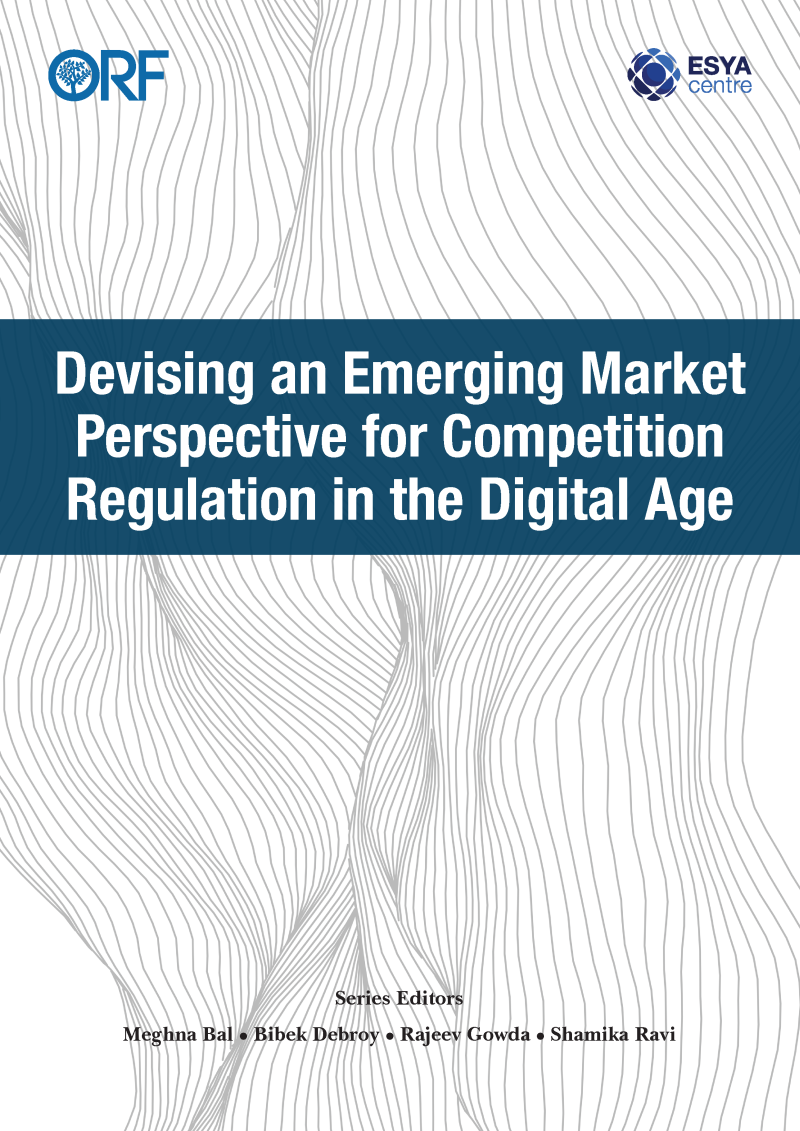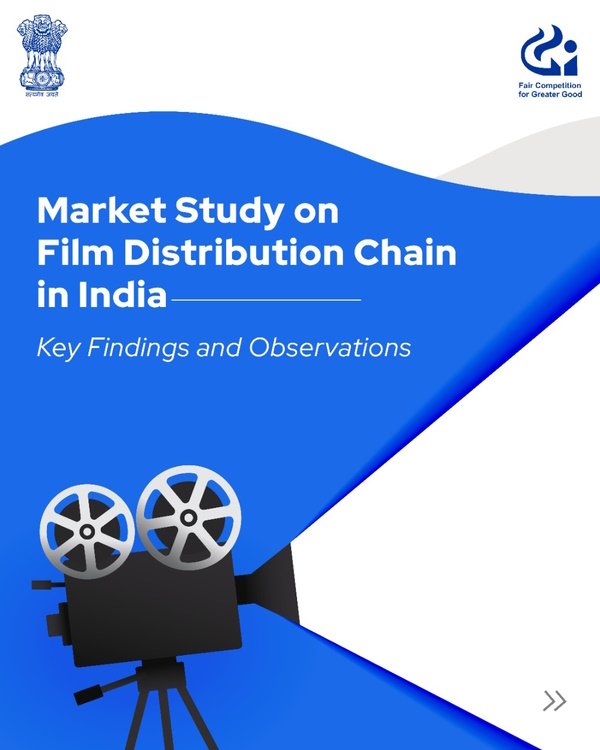Global mobile data traffic was around 456 exabytes in 2019, of which India accounted for around 75 exabytes or around 16 percent, according to Ericsson. Around 14 percent of the global population resides in India and, consequently, the country punches slightly above its weight in terms of mobile data consumption. The size of India’s opportunity to unlock value through such consumption, is perhaps without parallel in the developing world. This can be achieved through a principles-based framework for governance of information technology (IT). The nine principles detailed in this brief can also aid the design of a new-age IT legislation, that fosters innovation, competition and growth:
Principle 1: Legal Recognition
Provide adequate legal recognition and clarity to new digital businesses
Principle 2: Level Playing Field
Level the playing field for small digital businesses and entrepreneurs to compete effectively, through
deregulation
Principle 3: Risk-Based Regulation
Encourage regulations that are activity-specific and prioritise consumer welfare over state control
Principle 4: Functional Classification of Intermediaries through Co-Regulatory Model
Leverage coregulation to help digital intermediaries evolve, innovate and scale
Principle 5: Transparent and Accountable Self-Regulation
Employ self-regulatory and co-regulatory bodies to offset the need for legacy regulatory constructs.
Principle 6: Platform Neutrality
Ensure that large businesses do not discriminate between equal business partners, and consequently reduce the probabilities of gatekeeping.
Principle 7: Privacy and Security by Design
Promote product and platform design that helps local companies access global markets with low compliance costs.
Principle 8: Fair, Reasonable and Non-Discriminatory
(FRAND) Terms Guide business conduct through the FRAND principle, to minimise the need for economic regulation.
Principle 9: Trust and the Global Internet
Promote the use of standards and protocols that build trust in the internet and leverage the wealth of Indian experience in multi-stakeholder collaboration and open design.










